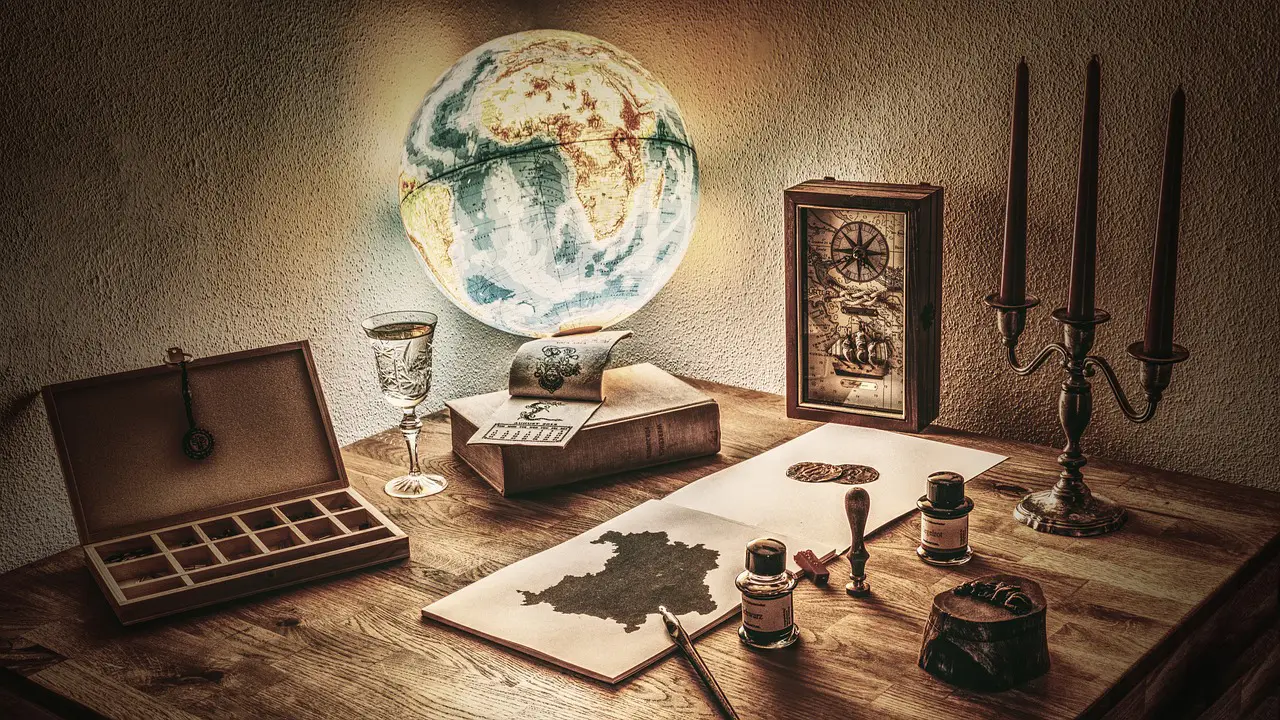The name Tuscia is a fascinating and historically rich term that takes us back to the origins of Italian civilization and the greatness of one of its most enigmatic cultures: the Etruscans. This region, celebrated today for its natural beauty and historic villages, boasts a millennia-old history. But what does Tuscia truly mean, and where does it originate? Let’s uncover its story together.
When we hear about Tuscia, our minds drift to rolling hills, medieval towns, and the remnants of a distant past. Tuscia is not just a geographical area but a cultural symbol that has transcended eras and dominations, preserving a unique identity.
The Origin of the Name “Tuscia”
The Etymological Roots
The term Tuscia derives from the Latin Tuscia, used to denote the territory of the Etruscans, referred to in Latin as Tusci or Etrusci. The name of the Etruscans, one of Italy’s most ancient and influential civilizations, thus became synonymous with their land. This civilization, which dominated much of central Italy between the 9th and 1st centuries BCE, had such a profound influence that the name Tuscia came to signify their territory.
Etruria and Tuscia
The ancient Romans called the area inhabited by the Etruscans Etruria, but over time, the term Tuscia began to prevail, especially during the late antique period.
From Tuscia to Tuscany
The etymology of the word Tuscany directly stems from Tuscia, highlighting the historical and cultural connection between the two terms.
Tuscia Through the Ages
Tuscia has not always held its current meaning, which is primarily associated with the province of Viterbo and northern Lazio. Historically, the term has undergone various transformations linked to the region’s historical and political developments.
Tuscia in the Roman Era
During the Roman Empire, the region was known as Etruria and was part of one of the eleven Augustan regions of Roman Italy. Etruria was characterized by city-states such as Tarquinia, Cerveteri, and Vulci, which formed a vital commercial and cultural network.
- Etruscan Decline: With the growing expansion of Rome, the Etruscans gradually lost their autonomy. Nevertheless, their culture deeply influenced Roman civilization in areas ranging from art and architecture to religion and political practices.
Tuscia in the Early Middle Ages
Following the fall of the Western Roman Empire in 476 CE, the region assumed a new role, its territory divided between the Lombards and the Byzantines.
The Roman Tuscia
This referred to the portion of the region under the control of the Patrimony of Saint Peter, administered directly by the Church. It included northern Lazio, bordered by the Tiber River and the Tyrrhenian Sea. This area became a focal point of the Church’s spiritual and temporal power, featuring fortified towns and places of worship.
The Ducal Tuscia
Meanwhile, part of the northern Lazio region became integrated into the Duchy of Spoleto under Lombard control. This area, known as the Ducal Tuscia, was strategically important for defense against Byzantine incursions and for managing internal communication routes.
The Lombard Tuscia
Representing a significant power center for the Lombards, this region formed the Duchy of Tuscia in the 6th century, with Lucca as its capital. Corresponding to modern Tuscany, it also included parts of Umbria and Lazio. The area was well-organized and served as a bridge between northern and central Italy, consolidating Lombard control until the Franks’ arrival in the 8th century. It featured fortified cities and a political-military structure designed to strengthen Lombard dominance in central Italy.
Each of these variations of Tuscia reflects the historical and cultural complexity of the region, creating a unique mosaic that continues to fascinate with its historical layers.
The Meaning of Tuscia Today
Modern Tuscia
Today, when we talk about Tuscia, we primarily refer to the province of Viterbo, a northern Lazio area that still holds many vestiges of its rich history.
- Landscapes and Villages: Tuscia is renowned for its rolling hills dotted with medieval villages like Civita di Bagnoregio, Soriano nel Cimino, and Montefiascone.
- Etruscan Heritage: The Etruscans left an indelible mark on the region, with necropolises, temples, and rock-cut roads. Some of the most famous sites include the Necropolis of Tarquinia and Cerveteri, both UNESCO World Heritage Sites.
- Food and Wine Culture: Tuscia is also synonymous with culinary excellence. From wines like Est! Est!! Est!!! of Montefiascone to DOP extra virgin olive oil, the local gastronomic tradition is a major highlight.
Curiosities and Legends About Tuscia
A Name, Many Stories
The word Tuscia has inspired numerous legends and folk traditions. For instance, it is said that the name of the town Tuscania derives directly from the ancient Etruscans, who considered the city a sacred center.
Tuscia and the Arts
Many artists and writers, from the Renaissance to the present day, have drawn inspiration from the landscapes and history of Tuscia. Painters like Perugino and Pinturicchio immortalized this land in their works, while poets such as Dante referenced it in their writings.
Tuscia is much more than a name: it is a window into millennia of history, a testament to the greatness of a civilization, and a bridge between the past and the present. From the allure of the Etruscans to medieval villages, from pristine landscapes to a rich gastronomic culture, this land offers a unique and unforgettable experience.


0 Comment